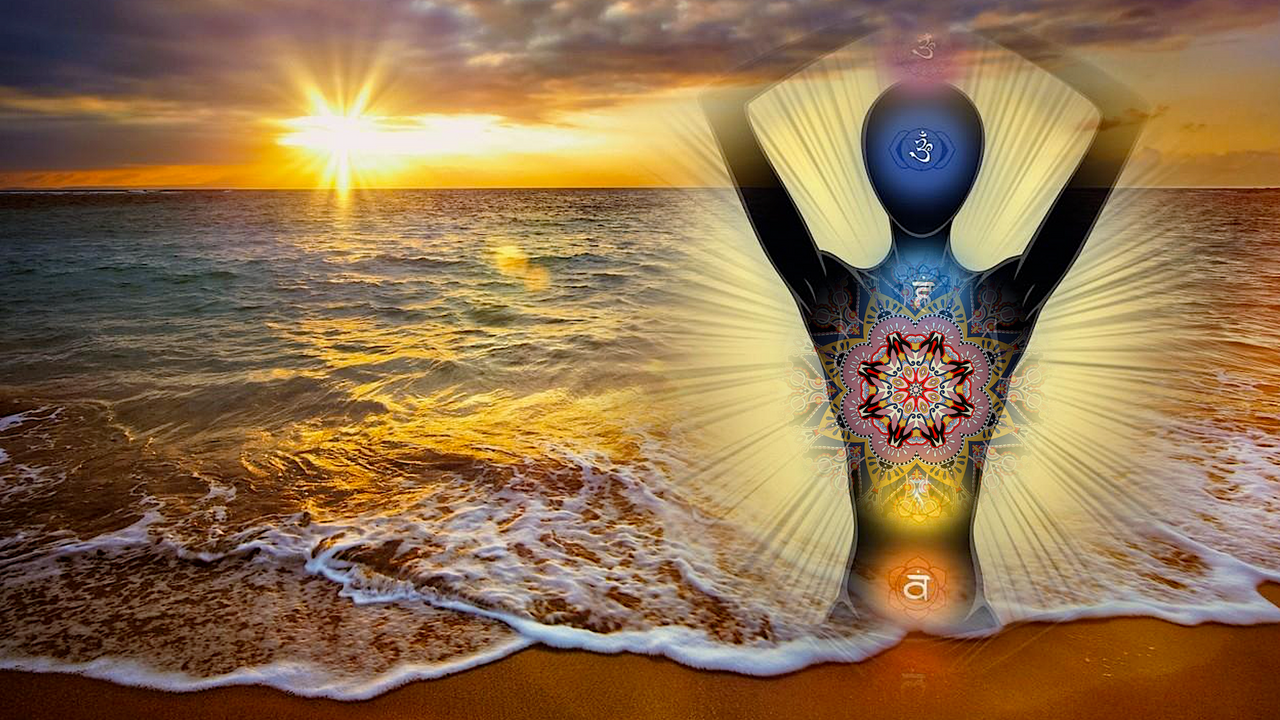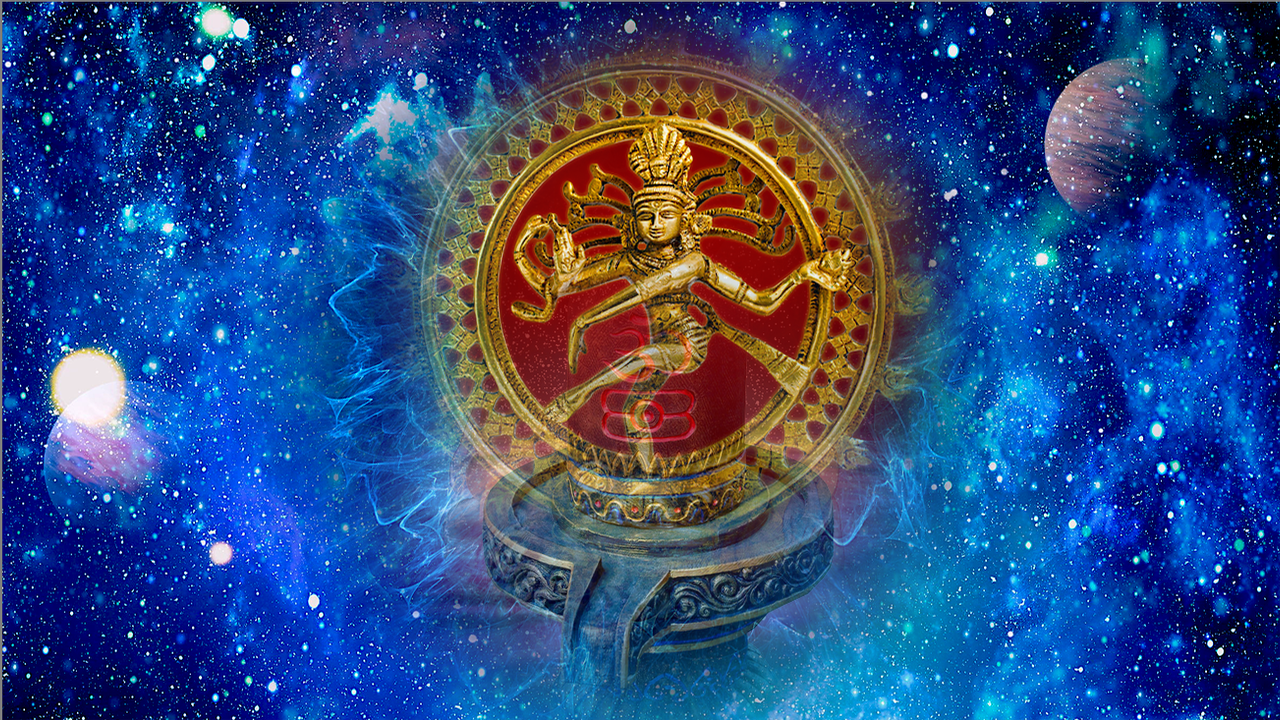Yogic Mystery School ™
Explore The Deeper Dimensions of Mantra and Mysticism.
The Oneness Paradox

What is oneness, and why do we desire it so much?
I believe oneness is our blueprint for spiritual homeostasis, a natural return to balance, harmony, and unity. However, the tendency to move out of this original state is part of our naturalness, as well. That's the oneness paradox we must learn to manage with skill.
PARADOX
In other words, losing the oneness experience is part of regaining it. When we grasp this paradox, we start to appreciate oneness as a unity that embraces diversity and differentiation. Oneness does not need to be a homogenous mushy soup of unity.
HOMEOSTASIS
The key is awareness of oneness lost as it is lost. If the desire to restore oneness begins when we lose it, a different process ensues in contrast to recovering or restoring oneness after the fact. We learn that there is no need to lament this loss but be present in the unfolding process and be willing to guide its return back to spiritual homeostasis.
PERFECTIONISM
The loss of oneness is the explication,...
On the Nature of Experience

As humans, we seek and value experience. Our experience is best when it involves all parts of ourselves. The more of ourselves we include, the more fulfilled our experience.
Imagine a family sitting around a table to partake of a meal, like Christmas or Thanksgiving. If there is an argument between a couple of individuals, the rest of the family cannot enjoy the meal.
This dynamic happens to our experience when there is an internal conflict going on during our experiences: for example, watching a movie. Although we might be doing something enjoyable, we are not enjoying ourselves.
This dynamic happens during spiritual practice, as well. We are doing something supposed to make us feel better, but we feel dead inside. There is not enough juice in our experience to fulfill us.
Tantra is a path that teaches us how to have full experiences. We learn to include the disparate parts of who we are by pulling them together into the cohesiveness.
Sometimes, it is not so much that parts of...
The Great Night Of Shiva

For the Tantric practitioner, every night is Shiva Ratri. Each night, as we go to sleep, we can consciously surrender our minds and bodies to sacredness. Shiva is a way into pure consciousness.
Once a year, in the holy month of Phalguna, occurring between late winter and the advent of summer, at this very time of year, we celebrate "Maha Shiva Ratri," the Great Night Of Shiva.
There are many stories about the symbolic significance of this festival, chief among them being Shiva's celestial dance, also known as the Tandava. This dance embraces creation, sustenance, and destruction.
It is awful that this Maha Shiva Ratri, the people of Ukraine, are undergoing a devasting experience of death and destruction. Shiva, however, does not mean "destruction" but blessing.
IF YOU CHANT MANTRAS,
CHANT FOR THE PEOPLE OF UKRAINE!
The dance of life includes birth and death. Amid this process is the soul's liberation from the cycle of births and deaths. Therefore, we can pray for the people of...



